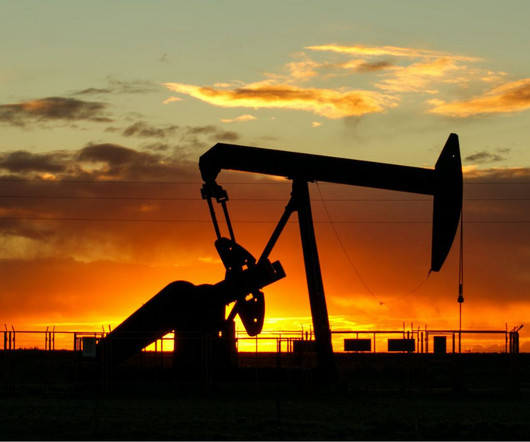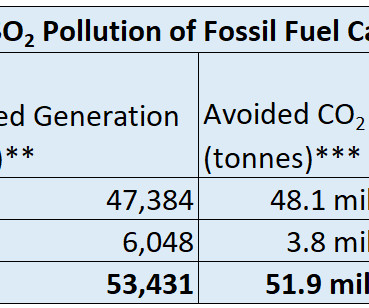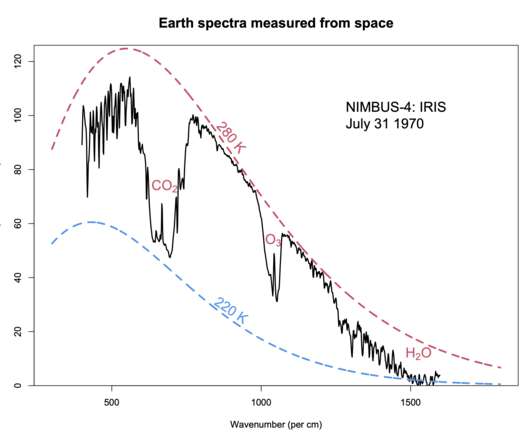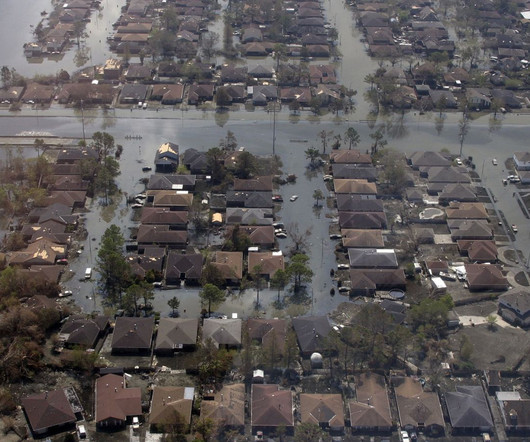Progress Possible at COP 28 Despite Fossil Fuel Industry Deception
Union of Concerned Scientists
DECEMBER 10, 2023
Last week, I joined my colleagues at COP28 in Dubai , as negotiators and civil society push for a fossil fuel phaseout to meet climate goals. The industry is pushing a narrative that misleadingly calls out emissions , not fossil fuels as the problem. Global net anthropogenic greenhouse gas emissions 1990–2019.


















Let's personalize your content